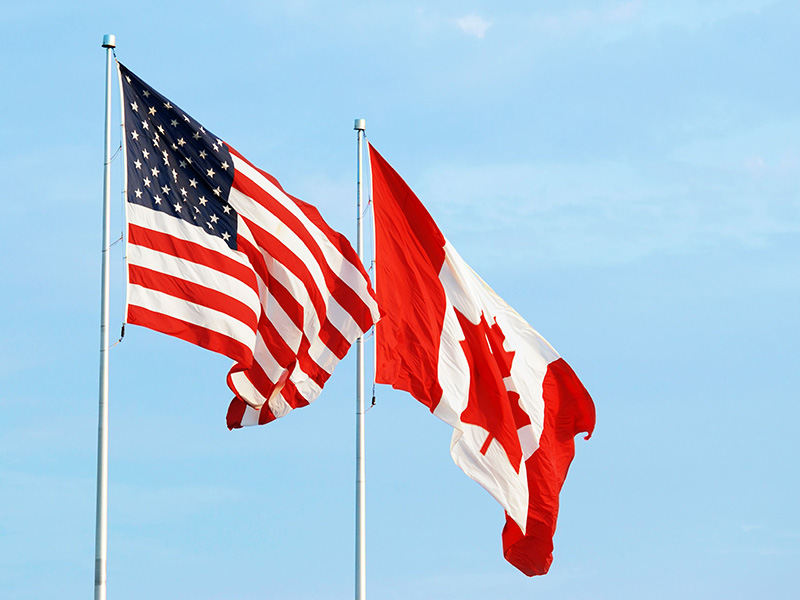

New U.S. Securities and Exchange Commission listing requirements that impact compensation clawbacks could create conflicts with domestic employment laws for Canadian companies listed on U.S. stock exchanges.
The rules are expected to take effect on Oct. 2, 2023, with compliance mandated by Dec. 1, 2023. They require all issuers on U.S. exchanges to adopt mandatory clawback policies for incentive compensation actually received by executives during the three years preceding a financial year restatement.
The policies must provide that companies recoup the amount by which the original compensation exceeds what the executives would’ve received based on the original statements, whether or not there was any misconduct or honest error by the executive. The rules also require issuers to disclose the compliance policies as well as any efforts made to recoup compensation once the policy has triggered a clawback.
Read: Executive compensation not as simple as higher salary, bonuses
“The consequences of non-compliance include the risk of civil penalties and even de-listing,” says Lynne Lacoursière, co-chair of Osler, Hoskin & Harcourt LLP’s executive compensation practice, noting the problem is that certain Canadian employment laws may conflict with the U.S. rules.
Under Ontario law, for example, employers may have difficulties clawing back cash-based compensation such as wages, but the jurisprudence isn’t as clear if the compensation is in the form of securities, says Benjamin Iscoe, a partner in Dentons Canada LLP’s corporate, securities and corporate finance and mergers and acquisitions group. “So companies governed by Ontario employment law and the new U.S. rules should try to ensure that compensation subject to clawback be entirely security based.”
He notes another workaround might be to draft employment agreements requiring employees to return compensation under certain conditions. “Doing so may still not allow clawback from wages but would at least give the employer a basis to claim recovery from the employee.”
As it turns out, many Canadian public companies already have compensation clawback policies. “The U.S. rules essentially make prescriptive concepts that many issuers have adopted voluntarily,” says Iscoe. “Although Canadian law does not currently require clawback policies, they’re supported by proxy advisory firms such as [Glass Lewis & Co.] as well as the Canadian Coalition for Good Governance.”
Read: Report finds Canada’s largest employers increasingly tying executive compensation to ESG factors
But there are some key differences between the new U.S. rules and most Canadian issuers’ existing clawback policies, says Lacoursière. “Most voluntary policies require misconduct as one of the triggers for a clawback, where the U.S. rules do not. Also, typical Canadian practices give boards discretion as to pursuing recovery and do not set firm standards on the amount of recovery that the company must pursue.”
There are a number of exceptions to the U.S. rules. The primary exception — a safe harbour where complying with the new rules would violate the company’s home country law — applies only where the relevant home country law was adopted before Nov. 28, 2022.
To date, Canada hasn’t enacted laws that would qualify Canadian issuers for the safe harbour exception. While issuers are required to disclose policies and decisions concerning compensation recovery in their annual information circular under Canadian securities law, having such policies isn’t mandatory.
Read: Bonuses drive total compensation rise for Canadian senior executives in 2020: report
In 2019, parliament adopted amendments to the Canadian Business Corporations Act requiring companies covered by the legislation to disclose information about the recovery of incentive benefits or other benefits paid to senior management, but the amendments haven’t been proclaimed nor has the government published regulations. “In any case, the amendments seem more focused on disclosure than enforcement,” says Iscoe.
With compliance to the U.S. rules less than five months away, Canadian issuers must act promptly, says Lacoursière. “Companies need to examine not only their clawback policies, but also need to look at their plan documents, employment agreements and indemnification agreements and decide whether they need to amend these documents and how to incorporate them in a mandatory policy. It will take a bit of planning to decide on an approach and get this done.”
Iscoe notes acting promptly could yield some added benefits for employers. “With clawback rules in effect in other jurisdictions, support for clawback policies from proxy advisory firms and proposed amendments to clawback disclosure requirements under the CBCA, it seems like the adoption of clawback policies in Canada may only be further accelerated.”
Read: Share transfers to executives, employees are income not capital gains: appeal court
